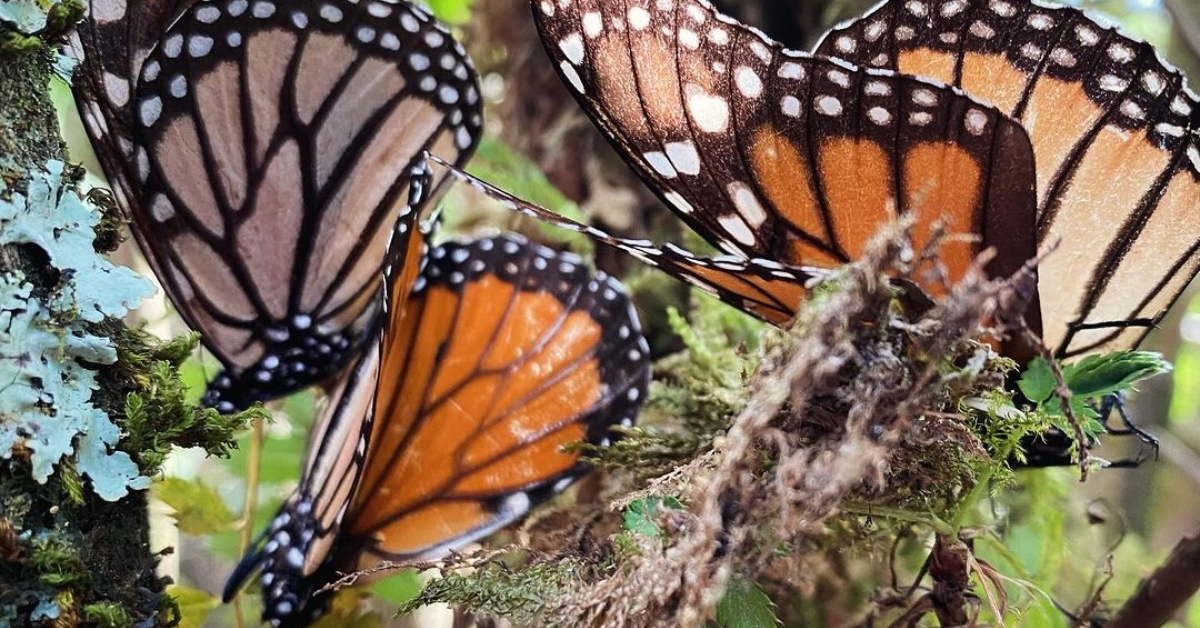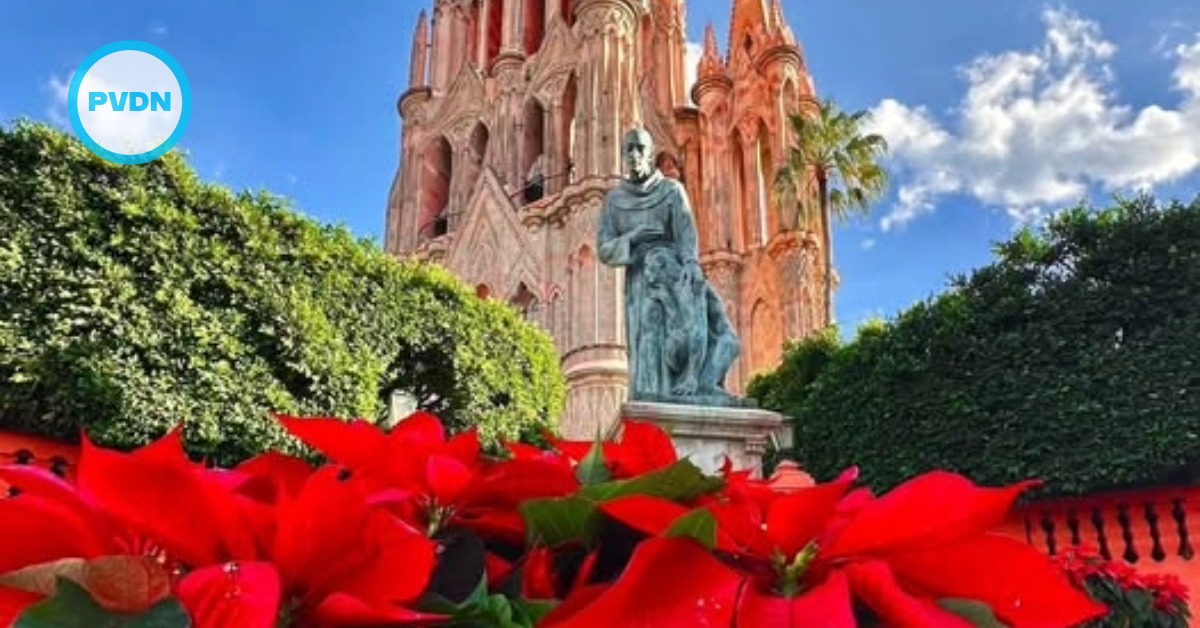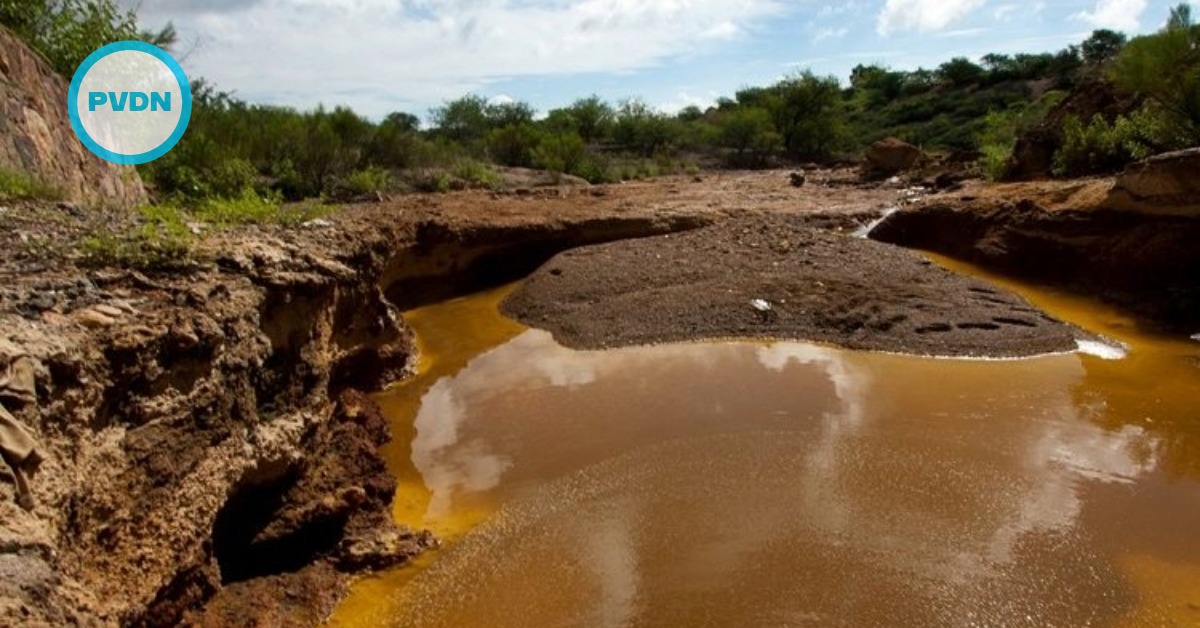The populations of monarch butterflies in their winter habitats in Mexico have witnessed a dramatic decrease this year, showing a 59% reduction from prior counts. This significant drop to the second-lowest figure since records began is attributed to factors such as elevated temperatures, prolonged dry spells, and loss of natural habitats.
Monarch butterflies undertake a remarkable annual migration across North America, traveling from Canada and the United States to their wintering grounds in Mexico, a journey that no single butterfly completes in its entirety.






